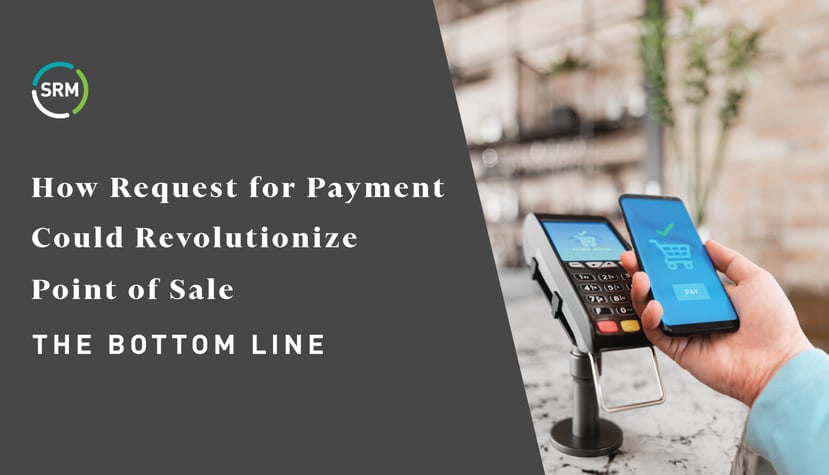
The advent of instant payments is transforming the global payments landscape.
People are drawn to around-the-clock access to funds, immediacy, irrevocability, and transparency in instant payments. It can also become a rich source of data for many interested parties.
FedNow’s July launch has given the United States two networks supporting instant payments – the other being The Clearing House’s RTP Network, which went live in late 2017. With the playing field in focus, banks and credit unions previously on the sidelines are now positioned to enable retail and business customers to participate in these transformational platforms.
As my colleague Paul Davis pointed out in a prior blog, enabling instant payments is a journey that will take time and a well-defined strategy. There are many endpoints to be connected, operational changes to be made, and educational sessions to be held across a wide range of network participants for instant payments to gain momentum.
While the journey may be long, with FedNow’s launch, adopting instant payments in the US is now a matter of when not if. Evidence of this can be seen with FedNow, which now has 60 participating FIs (up from 35 when it launched a month ago), and the RTP Network, which now reaches nearly 70% of consumer and commercial direct-deposit accounts. For FIs not yet in the game, taking the first step to enable customers to receive instant payments is now better measured in months rather than years.
This growing momentum has not gone unnoticed by innovators as they explore solutions designed to capitalize on the new value propositions of instant payments.
One set of use cases involves bringing instant payments to point-of-sale (POS) via a feature of both networks called request for payment. If successful, this capability would materially advance current bank account-based POS payments and drive a material change in the purchase of goods and services – both online and in person.
Navigating the Push and Pull
A key difference between instant and traditional payments is that FedNow and RTP are “credit push” models. In a “push” model, the person or business making a payment initiates the process to move money from their account to the entity receiving it. This differs from the traditional payment model where a person or business permits someone else to “pull” funds from their account to move the money.
Request for payment allows instant payment “push” models to work in a POS environment by having the merchant issue the buyer a request for the amount owed (request for payment). A buyer then goes to their bank app, where they can immediately accept the request and cause funds to transfer from their account to the seller instantly.
Instant payments offer unique benefits to merchants and buyers, making them attractive in certain use cases.
For merchants, instant payments are irrevocable – there is no process where a payment can be reversed. While this may not eliminate the issue of disputes and returns for merchants, it certainly alters the dynamic and reduces the administrative burden. For buyers, instant payments offer precision and control, greatly reducing overdraft scenarios and reducing the risk of fraudulent payments coming from their accounts. For all participants, instant payments directly connect the seller and the buyer, eliminating several intermediaries and potentially reducing transaction expenses.
For instant payments to take hold in retail settings, request for payment interactions between the merchant and buyer must be a simple experience. This can be accomplished by embedding capabilities into physical and mobile/app-based checkout experiences. Providers of this experience could be financial institutions, merchants, or third parties such as fintechs or payment processors. Those who successfully create an intuitive, convenient checkout flow for brick-and-mortar and online/mobile purchases will emerge as the leaders for these new solutions.
The Bottom Line
The full journey for instant payments, starting with letting customers receive payments and then progressing to supporting immediate disbursements and enabling payments at the point of sale, will take time to develop. Nonetheless, we believe instant payments set the foundation for material changes to payments. FIs need a clear strategy for providing these new solutions to their customers.
I will discuss many of these points during a fireside chat at the Merchant Advisory Group’s Annual Conference and Tech Forum, Sept. 10-13 in Atlanta, and as part of panels at the US Faster Payments Fall Meeting, Sept. 25-26 in Memphis; CPI Global 2023 B2B Payments Summit, Oct. 17-18 in New York; and AFP 2023, Oct. 22-25 in San Diego. I look forward to connecting with our clients and friends at one of these events. Stay tuned for more on instant payments via the Bottom Line blog in the weeks ahead.


